#temple of kom ombo
Explore tagged Tumblr posts
Text
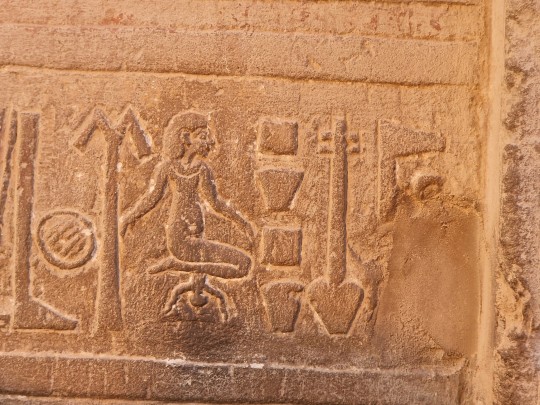
Woman giving birth
Temple of Kom Ombo
Egypt
photo cjmn
37 notes
·
View notes
Text

eternities are yours for only seconds
(olympus xa2, Kom Ombo)
2 notes
·
View notes
Text

Cow in field in front of the ruins of the temple at Kom Ombo.
486 notes
·
View notes
Text

Kom Ombo temple at sunset on the Nile in Egypt. Photo by Christian Delbert.
Learn more / Daha fazlası https://www.archaeologs.com/w/kom-ombo/
#archaeologs#archaeology#archaeological#dictionary#history#nile#egypt#architecture#kom ombo#temple#travel#photography#arkeoloji#tarih#sanat#mısır#antik mısır#seyahat
80 notes
·
View notes
Text

Wall Relief of Sekhmet
Kom Ombo Temple, Egypt
66 notes
·
View notes
Text


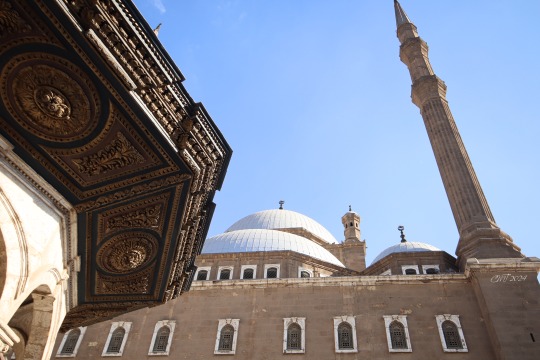



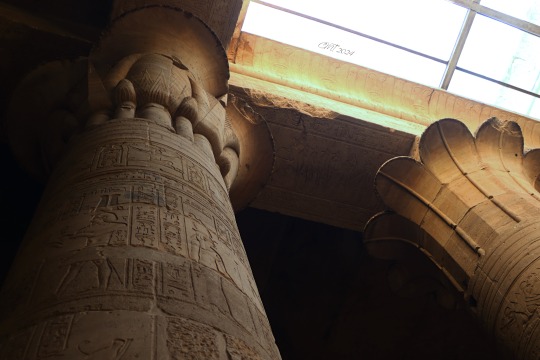



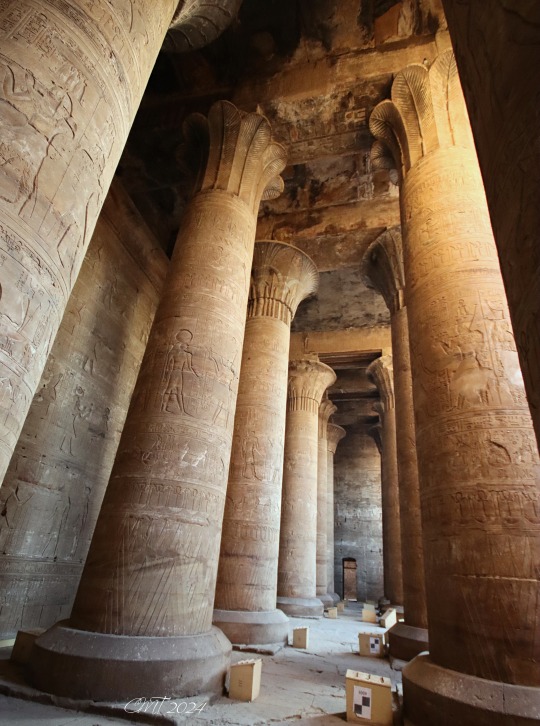






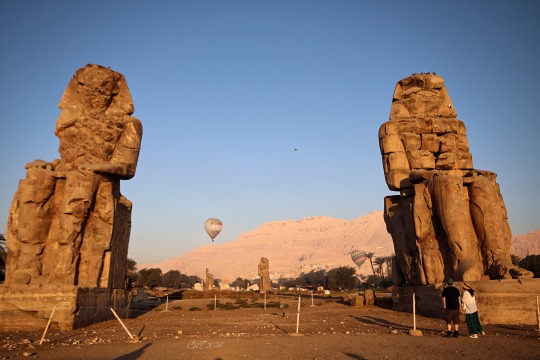


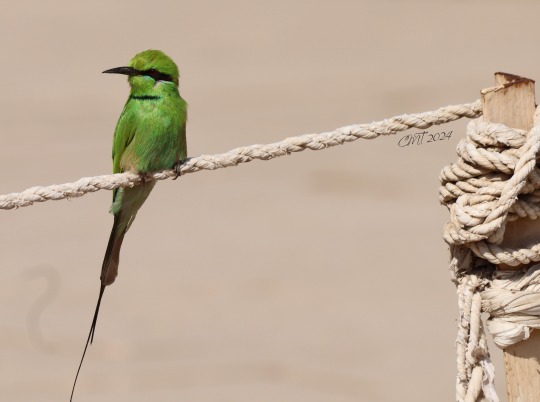


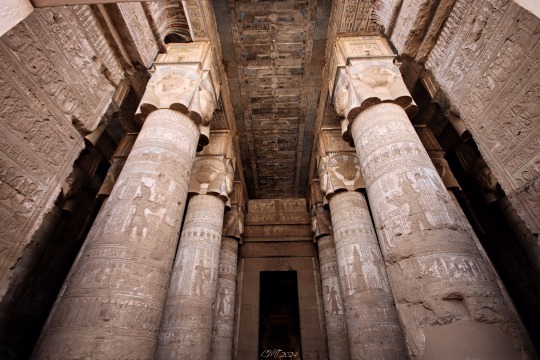

I am back from the holibobs, utterly exhausted and procrastinating the unending job that is editing all my photos (just by deleting the out-of-focus-in-hindsight ones I've gotten them down from 1200 to 750) So here's my absolute favourite ones. I promise I'll be back to crafting content soon.
#cotton khaleesi#cottonkhaleesi#egypt#egypt tours#hatsheptsut#the sphinx#the pyramids#kom ombo#edfu#valley of the kings#dendera temple
10 notes
·
View notes
Text
Egypt... the best of the River Nile
Egypt, a land of ancient wonders and modern marvels, beckons travellers with its rich tapestry of history, culture, and natural beauty. #Egypt #RiverNile #Tutankhamun #AncientHistory #History #Luxor #Aswan #RaII #Nile #Cruise #ValleyoftheKings #KingTut
Egypt Egypt, a land of ancient wonders and modern marvels, beckons travellers with its rich tapestry of history, culture, and natural beauty. Among its many jewels, Luxor and Aswan stand out as iconic destinations, offering a glimpse into the grandeur of bygone eras. These cities, situated along the life-giving River Nile, form the heart of many Nile cruises, tracing a route that has been…
#Abu Simbel#adventure#Ancient Egypt#Aswan#blog#complete#Cruise#Edfu#Egypt;#Esna#Karnak#Kom Ombo#Luxor#Luxor Museum#Nile#Nile Cruise#Pharaohs#Ra#RA II#River Cruise#River Nile#Temple#Temple of Karnak#Temple of Khnum#Temple of Queen Hatshepsut#Temple of Sobek#The Ra#travel#travelblog#Tutankhamun
2 notes
·
View notes
Text

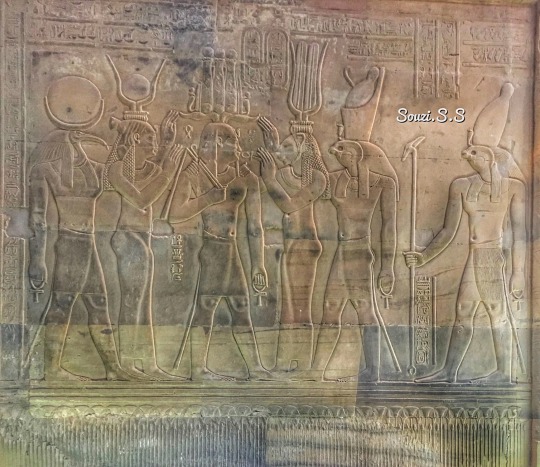
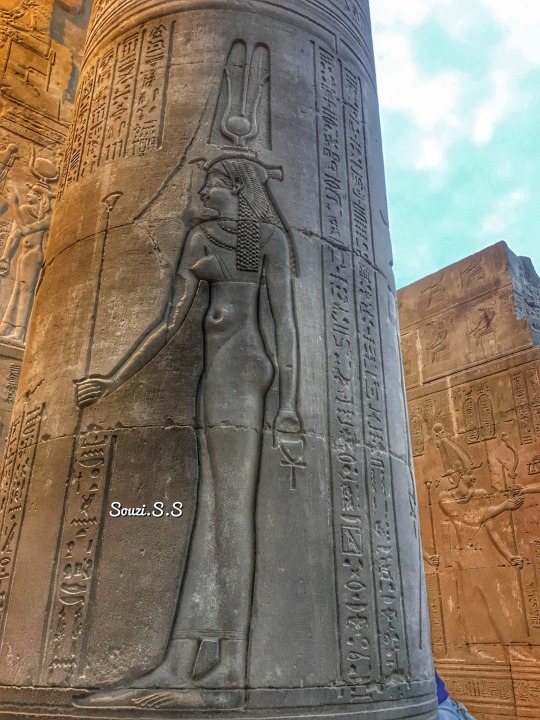
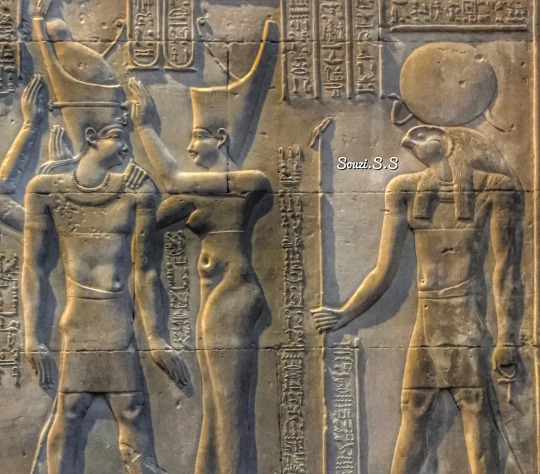

#egypteveryday#egyptian#egyptphotography#egyptshots#mobilephotography#iphonography#egyptology#iphone13pro max#souzissphotos#mobile phone photography#temple#kom ombo#kom ombo temple#تصويري
11 notes
·
View notes
Text

Gala Dinner Experience
Indulge in a Gala Dinner Experience with Savvy Travelers, savoring exquisite cuisine and entertainment!
#egypt nile river cruise#egypt nile cruise#luxurious nile cruise#nile river cruise#cairo exploration tour#pyramids giza visit#valley kings excursion#egyptian museum tour#alabaster mosque visit#sakkara necropolis tour#mena house experience#hatshepsut temple exploration#colossi memnon sightseeing#edfu temple discovery#aswan felucca ride#abu simbel excursion#cataract hotel tea#philae temple visit#nubian village tour#kom ombo visit#karnak temple exploration#luxor market shopping#hathor temple tour#dendara temple visit#abdeen palace tour#coptic cairo exploration#welcome reception cocktail#gala dinner experience#egyptologist guided tour#exclusive shore excursions
0 notes
Text
Death on the Nile
The night passed without much incident as the boat powered upstream (and further south) towards Edfu. A shame really, as I had been busy practicing my faux French Belgium accent to impress upon the others in my tour group of my deductive ability as a modern day Asian woman version of Poirot.
“Zere ‘as been a murderrr!!”
Alas, it was not to be.


In fact, the only ‘death’ to truly be considered on the cruise was the dearth of free wifi, leaving many of the older guests with nothing to do. Thankfully, I am easily entertained if presented with a book. And I had also packed my Nintendo Switch OLED with me, jam-packed with hundreds of tracks from the Final Fantasy franchise - for which, Ansem did not share in my entusiasm and fell a few pegs down in the rankings of a potential future beau - which meant I had all the things I needed to keep my interest from flagging. That and my trust journal (from which this blog post derives from. Go me!)
I suppose I should also give a review of the Jaz Celebrity, the ship that we were on, but I doubt you, dear readers care too much for a floating hotel. Yes, it featured a pool on the upper decks and a bar on the second floor but given the proclivities of a large group of mostly elderly Chinese woman, including Popo, their primary interests were mostly napping, trying to get a decent signal to post things on WeChat and heading to the dining hall for the required three meals per day.
The only people that I witnessed frequenting the sun deck and the bar were the cruise ship’s other guests. Namely, the guests that had come from France and Spain. Never in my entire life have I heard so much ‘merci’ and ‘d’accord’ in my life on a daily basis.
Anyways, back to old decrepit ruins!
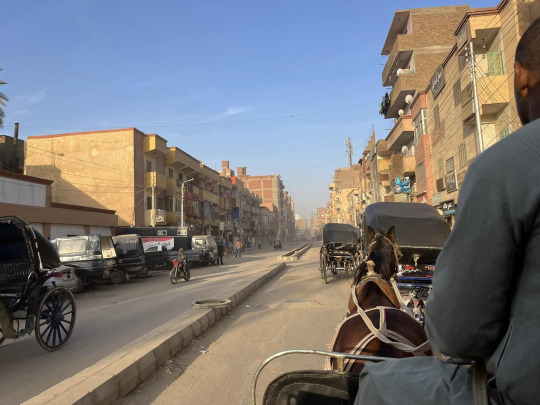
Our first destination for the day, after arriving at Edfu, was a visit to the Temple of Horus. Despite its distance from the Nile, it too had been buried by desert sand until it was later excavated in the late 1800s. It was so buried, in fact, that passing travellers that had set up camp had stained the very top of the Crecian columms (done in either Ionic or Corinthian style according to my untrained eye) black.
Ahmed, our erstwhile local guide pointed all this out for us before explaining a little bit of Ancient Egyptian mythology. But, I must admit that I was tickled pick by the story he chose to tell. For it was the love story of Osiris and Isis. As well as the very jealous and covetous Set (or Seth based on alternate spelling). And time, though, I was used as a prop to the narrative our guide was telling the other guests. In fact, I played Seth’s wife, Nephthys!
In any case, the story Ahmed told was how Set was jealous of his brother, Osiris, and had a sarcophagus built in just the right size to fit his brother. He asked the other Gods to try to fit inside during a party, with Osiris being the only one that could fit snugly inside. When Osiris was ensconced inside, Set shut the lid and tossed his brother into the Nile. He later then recounted the subsequent butchering of Osiris into 14 different parts (representing the 14 regions of Egypt at the time).
He had to tell this story, of course, to explain the birth of Horus, the son of Osiris, and the very reason for the temple we stood in.
Crammed full of tourists from all over the world, we were able to squeeze our way to a few key areas, snap a few photographs and learn a little more about one of the oldest civilisations known to man. Such as the fact that they had wi-fi! Okay, the last was a joke. The Ancient Egyptians did NOT have wi-fi but one of their hieroglyphs (supposedly to denote racks of meat) looked very much like the current symbol we use to express the internet.
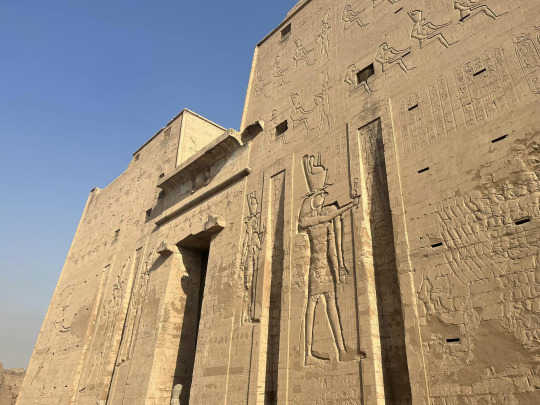
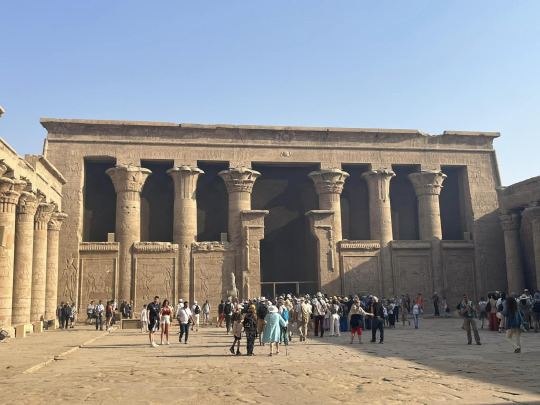
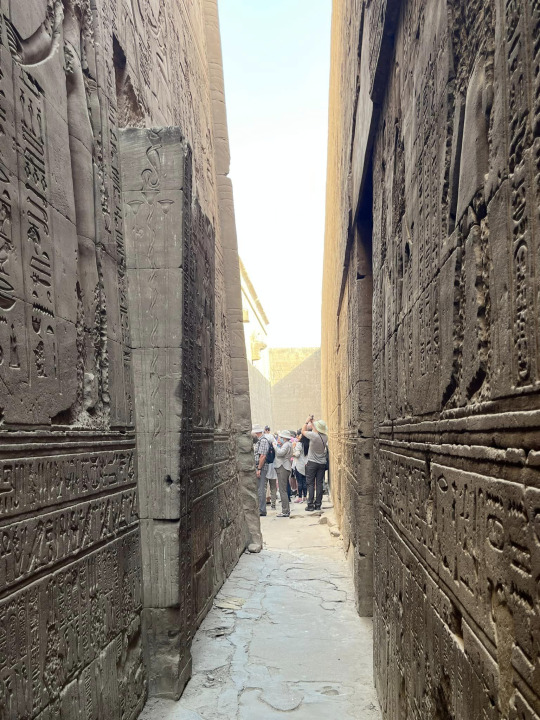
By 9:30AM, we were back on the cruise ship and headed to Kom Ombo. To while away the hours, I lounged around the ship, read a few pages of my book: The Silk Roads: A New History of the World (mostly to appear smart and learned) and played a few select songs from the Final Fantasy franchise.
After a hefty lunch and some afternoon tea on the sun desk, our ship finally pulled into Kom Ombo and most of the tour group disembarked to take a gander inside.
Unlike most other temple Kom Ombo was dedicated to two gods. Horus and Sobek. The story here was that Horus and Sobek were meant to represent the body and the mind. Sobek, our great crocodile-headed God was displeased by the offerings that were provided to him. As such, he and Horus had a disagreement which resulted in Ra flying off alone. Left alone, Sobek began demanding more and more from the local populace until they realised that in searching for gold and jewels to appease the gold, they had not planted the next harvest and would starve to death. Desperate, they prayed to Sobek for aid, but being a representation of mental fortitude, Sobek was unable to bequeath the people the physical strength needed to labour underneath the harsh sun.
Seeing no recourse, Sobek was then forced to beg Horus for assistance. When Horus returned, granting the people the strength they needed to farm the land and survive the winter, Sobek was grateful and agreed to share the Temple again with his fellow god.
The moral, therefore, at the end, was that a healthy balance was required between body and mind. It also encourages people to listen to both sides of a story before passing judgement. And it was also something a lesson in moderation. For too much indulgence can lead to sloth, but too much labour with too little rest can also prove detrimental to one’s body.
That aside, Kom Ombo is also famous for its depictions of surgical tools. There was even a specific hieroglyph of the ‘correct’ form for birthing a child!



Such discoveries have helped inform our understanding of this ancient world and how it functioned. For the Ancient Egyptians were not so different to who we are now, except maybe they were far smarter than we ever thought possible. Indeed, a lot of what I’ve learned and seen with my own two eyes will prove invaluable in constructing the fantastical worlds I want to create in a so-called fantasy setting.
I do, after all, have a story planned in my head with the central setting a city in the desert. Now, I have the first-hand experience to help me build it!
So, stay tuned, dear readers, one and all for further observations from good ol’ Kyndaris of Ancient Egypt and beyond.
Oh, and there was also a crocodile museum! With mummified remains! How crazy is that? Clearly dissection was not something that only came about in the 17th-18th century and anatomy was clearly something people in the ancient past were already exploring.
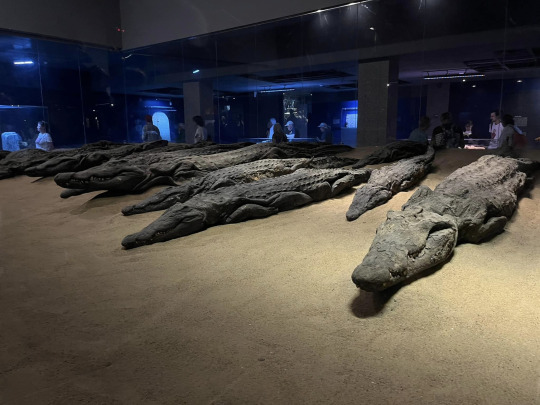
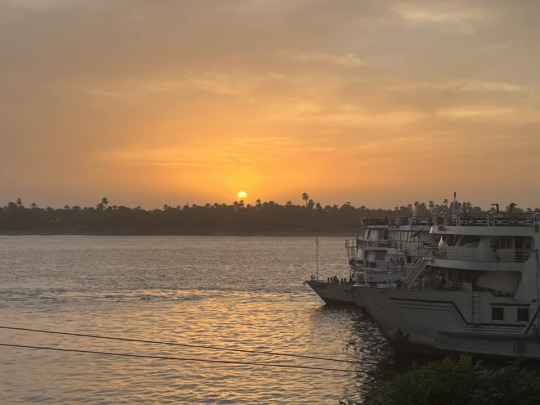
1 note
·
View note
Text

Temple of Sobek and Haroaris
Kom Ombo
Egypt
photo: cjmn
56 notes
·
View notes
Text
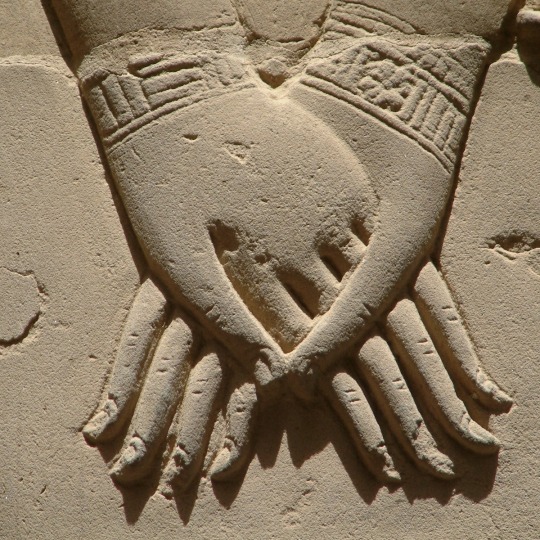
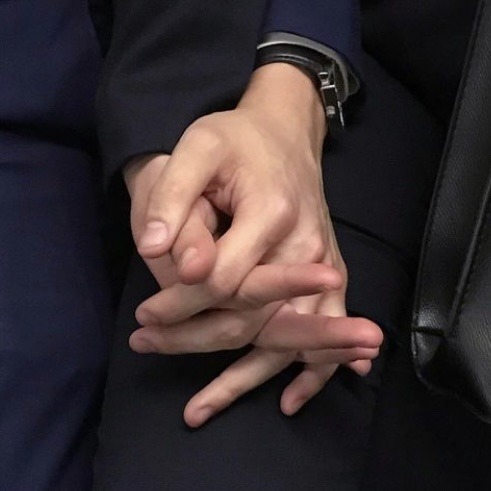
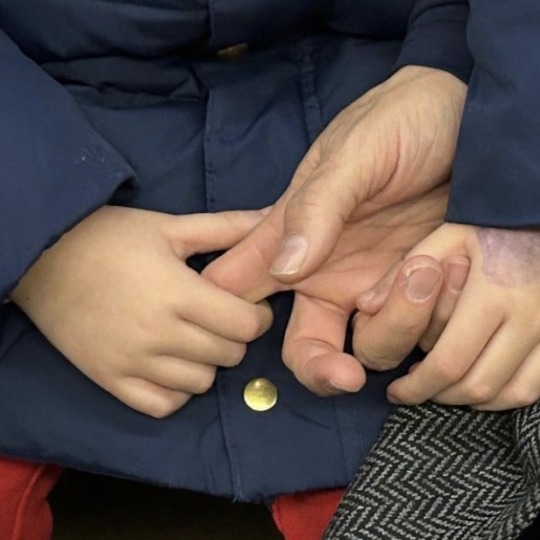
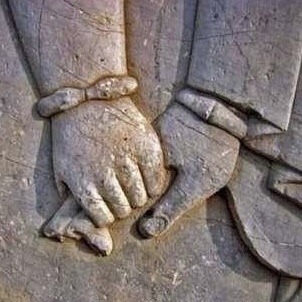
kom ombo temple (47 BCE) / subway hands (2021, 2023) / persepolis, iran (330 BCE)
#insp by brunetteg1rl#mine#star#isn’t it lovely to witness the oldest human urge for intimacy#life imitates art etc
10K notes
·
View notes
Text

Temple of Kom Ombo
61 notes
·
View notes
Text
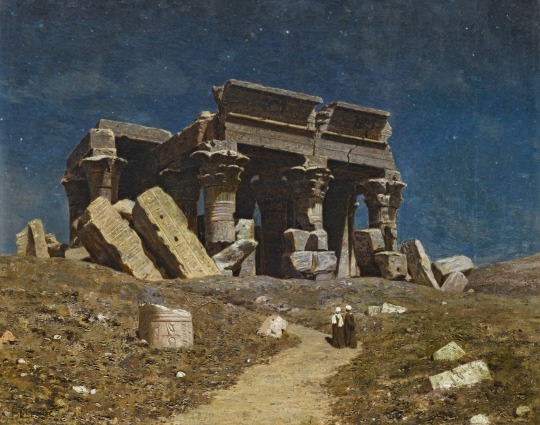
The Ruined Temple of Kom Ombo, Egypt by Ivan Fedorovich Choultsé (1877-1939)
577 notes
·
View notes
Text
Mythology Fact #1 - Sobek, Egyptian Crocodile God
NEW SERIES! Mythology Facts will explore many elements of world mythologies, but with a particular focus on Greek, Egyptian, and Norse, especially at the start.
Easily the winner of the first poll about this new series as held on my Patreon is Sobek, the ancient Egyptian crocodile-headed god!
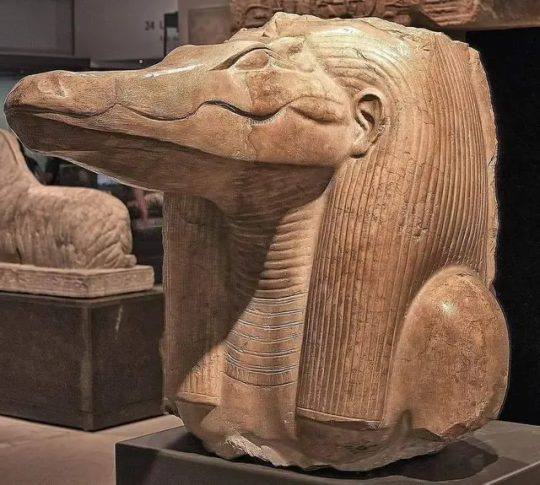
Head of a limestone statue of Sobek, as previously on display at the Met as part of a special collection; Met info on the statue head here
In ancient Egypt, like many ancient cultures, the most fearsome of beasts were highly regarded for their awe-inspiring endurance, power, and ferocity - a concept often little-understood today, as animals are now often seen as obstacles to be conquered or put out of the way, hence why it can occasionally be difficult to detail to the modern mind the relationship between men and wolves throughout history (but I'm not on that right now, so I'll stop). The people of ancient Egypt held great reverence for many animals, not least among them being the obviously very dangerous crocodile.
An integral part of life in ancient Egypt was the rise and fall of the Nile. Sobek was a centerpiece of the Nile life - crocodiles were abundant, a testament to their fertility and virility, and they were fearsome, strong, and enduring. Sobek's nature is intensely complex and his "domains," as we so often think of deities as having, were extensive, including but not limited to fertility, virility, illness, health, strength, pharonic power, military might, protection (especially protection from, essentially, bad luck), and the dangers and wonders of the Nile. By nature, he was considered animalistic, unpredictable, strong, protective but dangerous, and highly sexual, aspects frequently associated with the most powerful predators in a given region (notice all those things are also associated with wolves). Sobek was depicted variably as a crocodile and a crocodile-headed man, and holy crocodiles were kept in his name.
Given his association with the Nile and so many other things, Sobek was and mostly remained a very important figure, especially with his later fusion with/association with both Horus and Ra, two extremely important deities...
This is quite the lengthy post! More under the cut.
Among many other things, Sobek was said to have power of the fertility of the Nile's soil, as well as its waters, and thus also had great power over disease, as the Nile could also cause illnesses. Like so many ancient Egyptian deities, Sobek also had an association with the dead, being called upon to bring them sight and return their senses in the afterlife, as well as to assist in protecting them (along with many other deities, including but certainly not limited to Isis, Nephthys, and Anubis).
Sobek's strong association with fertility is found in his many epithets and even the name we use for him most - "Sobek" is thought to perhaps even come from a causative of "to impregnate" (though some scholars contend it instead means "to unite," especially in relation to the pieces of Osiris). Perhaps the first instance we have of Sobek in a text comes from the Pyramid Texts, in which a spell refers to Unis (the pharaoh) as a living incarnation of Sobek - the pharaohs were very often living incarnations of assorted deities at various times - and says that Unis "will copulate" very specifically and that he is the lord of something that would probably get this post censored, "who takes women from their husbands to the place Unis likes according to his heart's fancy."

Mummified crocodiles found in the Temple of Kom Ombo; we have found mummified crocodiles of all ages, even including fertilized eggs
Now let's talk about a thing called the petsuchos. Mummified crocodiles served as images of Sobek in various forms, one of which being Petsuchos, meaning "son of Sobek." It is thought one crocodile in particular took on the aspect of the petsuchos and was kept in Shedet, replaced by a new petsuchos whenever the previous died. Following the death of a holy crocodile, a great ritual took place to mummify the creature and then put it on display, as it remained ever sacred. Living crocodiles were sometimes kept in other temples and holy places, even including outdoor pools. They were adorned with gems and fed delicacies; some were even considered attractions, as feeding the holy crocodile brought good luck, given Sobek's apotropaic nature. There was even a divine crocodile breeding center established by Amenhotep III (who pushed the Sobek cult quite energetically).

There are many depictions of Sobek found throughout what we have of ancient Egypt, including many of its time periods. He is perhaps one of the oldest gods of ancient Egypt, having appeared as early as during the reign of King Narmer in the first dynasty. His importance during the Old Kingdom, as well, can be found in the Pyramid Texts. The entire region of Fayum was a cult center of Sobek, so great was his importance, the seat of which was - of course - the capital, Crocodilopolis or Shedet.
Also very worthy of note is Sobek-Ra, a combination of the gods Sobek and Ra, that appeared in very late-age Egypt in the New Kingdom (1150-1069 BC), and even continued into the Ptolemaic Period (around 332 BC to 390 AD). Sobek-Ra (or Sobek-Re if you want to go that way) may have first appeared during the reign of the first king of the Middle Kingdom, Montuhotep II, as addressed in the Coffin Texts used during the Middle Kingdom (in which Sobek is addressed as "he who rises in the east and sets in the west"). As a combination, depictions thereof often had the head of a falcon but the body of a crocodile, often wearing the solar disc and uraeus (cobra).
He combined aspects of both deities, which is also perhaps thanks to Sobek's association also with Horus. When Horus took on the aspect of a crocodile during his retrieval of Osiris's bodyparts, Sobek became associated with him, even considered an aspect of Horus. Likewise, however, Sobek also was said to have assisted Isis during Horus's birth. Such deity fusions, aspects, and deities becoming an aspect and/or appearing in various myths in nebulous forms were not uncommon in ancient Egypt, and Sobek was also combined with Horus at assorted other points. All of this continues to point to the association between Sobek and kings (pharaohs), especially when you reach the point of learning about Sobek of Shedet-Ra-Horus, but I won't go into all that here due to time constraints.
So, obviously, there's so much more to say that it's, frankly, crazy and almost overwhelming. The study of ancient Egypt is a complex undertaking, hence why we have an entire field called Egyptology. So, consider this very much a simplified overview. Hope you enjoyed the post!
And stay tuned for news and updates on a major [werewolf/fantasy/adventure/horror/epic] book release later this year! Likewise, if you enjoy mythology in general and Egyptian myth, be sure to check out my other works of fiction, including this one here--also available on Amazon.com and many other retailers. Sequel coming next year.
If you like my blog, be sure to follow me here and elsewhere for much more folklore and fiction, including books, especially on werewolves! You can also sign up for my free newsletter for monthly werewolf/vampire/folklore facts, a free story, book previews, and my other sundry projects and works.
Free Newsletter - maverickwerewolf.com (personal site + book shop) — Patreon — Wulfgard — Werewolf Fact Masterlist — Folklore Fact Masterlist — Mythology Fact Masterlist — X — Vampire Fact Masterlist — Amazon Author page
#mythology#myth#egyptian myth#egyptian mythology#ancient egypt#egypt#crocodile#crocodiles#the nile#nile#sobek#folklore#legend#egyptian deities#egyptian gods#mythology fact#history#egyptian history#research#fiction#Wulfgard#long post
68 notes
·
View notes
Text


What's better than having two bros Gods watching over you? The Ptolemaic Dynasty seemed to fancy the idea, so they built a dual temple in Kom Ombo dedicated to two of the most powerful and mightiest Gods of Egypt: Horus and Sobek! The Dual temple is a unique one since it's by far the only temple dedicated exclusively to two male gods!
Of course, Hathor, Khonsu and other minor deities make an appearance as well, accompanying the two Gods as they form two little triads, but the two symmetrical sides of the temple are all dedicated to the mighty brothers! There's also a special guest, Ptolemy VI, the one who commissioned the temple who appears in the murals worshipping the two.
United, there's nothing they can't do!
• TRIVIA TIME! •
The Horus we see in Kom Ombo is actually Horus the Elder. I do have a design for him as he will soon make an appearance in the next issue of the comic, but I like two think Sobek and Horus the Younger share a special bond as well!
Interestingly, Hathor does not accompany Horus in the two Triads of Kom Ombo as she forms a triad with Sobek and... Khonsu? Yeah, I know, fair enough xD but then, who's accompanying Horus? First is a special form os Hathor and Tefnut called "The Good Sister", and we also have another God called Panebtawy or "Lord of the Two Lands."
A bit of a useless and personal fact but it's thx to this temple that I ship Hathor with Sobek lmao.
90 notes
·
View notes